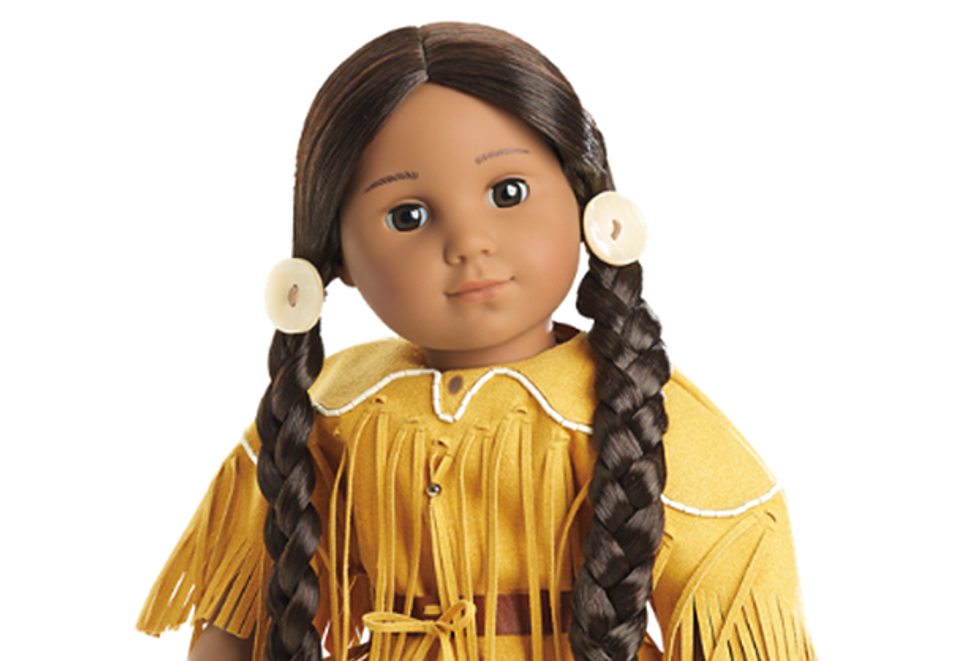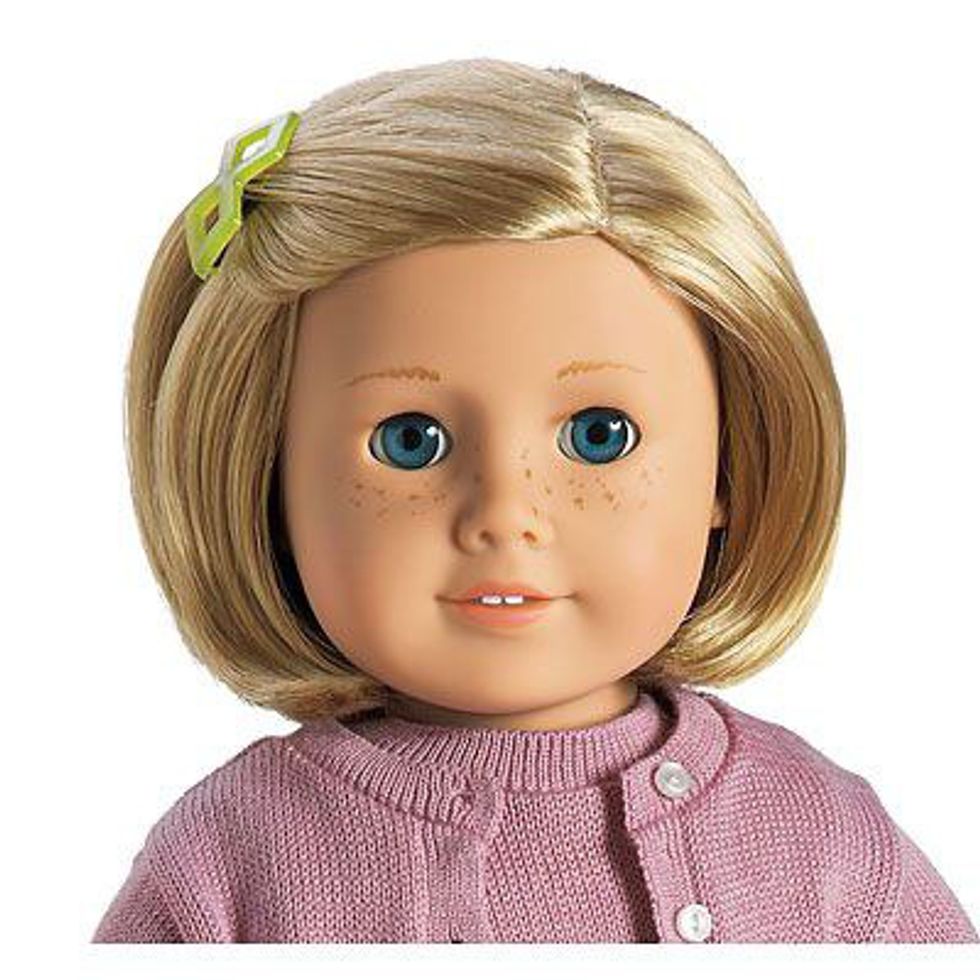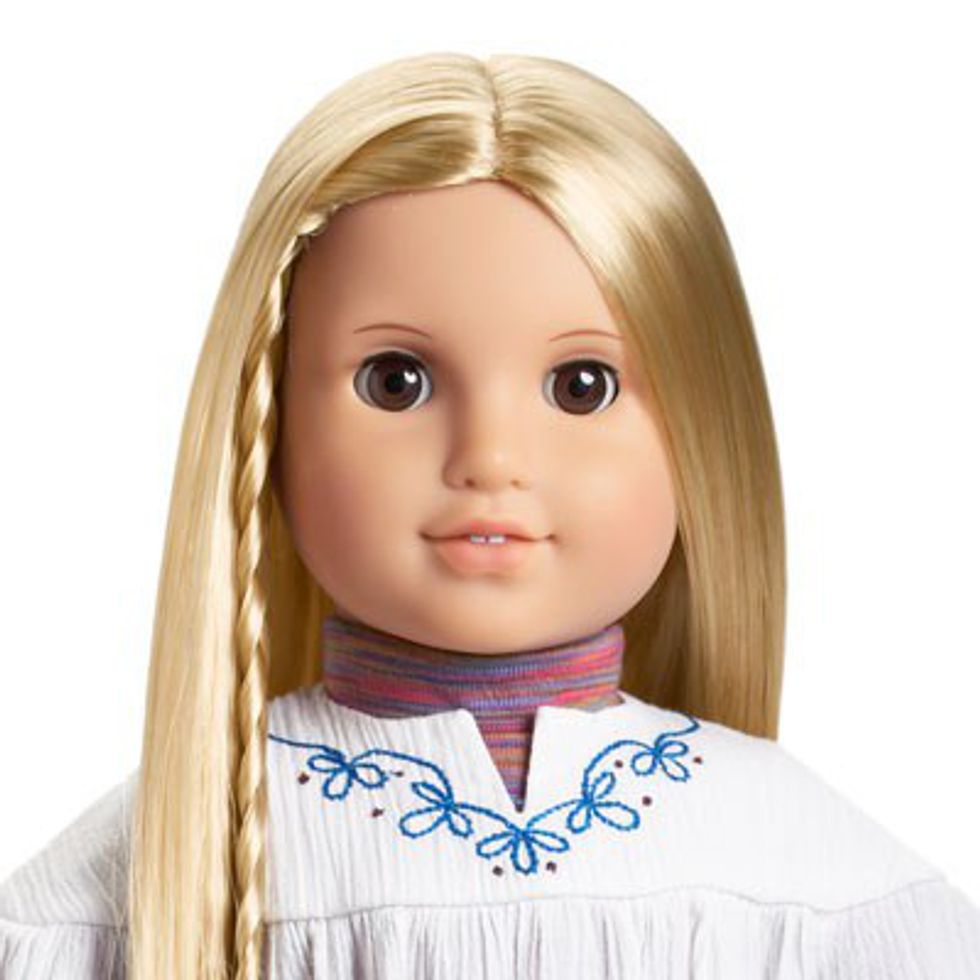Like several thousand other women, I read fellow Odyssey writer Sara Petty’s article “What Your American Girl Doll Would Be Like As a 2016 Millennial.” I was excited to see what she would say each doll was doing, as I was a big fan of the dolls and their books as a child. I actually work at American Girl now and know the dolls inside and out. I was honestly disappointed by her article. The dolls were almost all negative stereotypes of millennials. Her article received mixed reviews but I wanted to put out an article of what these dolls would actually be like if they were a part of the millennial generation. We’ll go in chronological order of the dolls’ “years.”
Kaya (full name Kaya'aton'my) was a pretty good description. I agree with her being an environmental major. In addition to being an environmentalist, I think Kaya would be involved in bringing recognition to Native Americans and deeply involved in her Nez Perce traditions. She would have had a lot of posts about the pipeline in North Dakota and spoken out about the injustice and stereotypes of Natives.
Felicity Merriman probably isn’t a closeted lesbian as Sara stereotyped horse lovers in her article. Felicity would have been independent and not interested in being in a relationship, however if the time was right, she would have been open to dating. She would be running a horse farm or sanctuary or maybe she would own a stable where people could ride horses for therapeutic reasons. She was good with kids because she had three younger siblings so it’s likely that she would have kids running around her stables.
Josefina Montoya was not included in Sara’s article, but for the fun of it I’ll include her. Josefina would be teaching Spanish to Americans and English to immigrants somewhere in the southwest. She would be proud of her heritage and participate in plenty of native southwestern traditions like Dia de los Muertos. (And yes, Josefina is New Mexican, not Mexican, hence why she is an American girl.)
Next is Kirsten Larson, the Swedish immigrant. Sara’s description was not too far off. Kirsten probably would have been an elementary school teacher, after all she had plenty of experience with her cousins when she came to America. She would incorporate lots of various traditions into her teaching so that all of her students were included and make sure the kids who didn’t speak English were given a little extra attention. She always made sure to attempt to make the new kids feel welcome in her classroom so they didn’t feel like outsiders.
Addy Walker would make sure her voice is heard. She would speak about #blacklivesmatter and work with younger African American girls to teach them self-empowerment. She would be involved in the multi-cultural center at her university to spread acceptance and knowledge about other cultures. Addy would have gotten a scholarship related to her work with empowering younger girls or an essay contest about race relations in modern America.
Samantha Parkington would not have taken a different frat boy to every party or be in a sorority. She would be majoring in international relations. She would go to third world countries to help with children’s organizations. After helping Nellie and her sisters, Samantha wanted all children to have a good childhood so she goes to these countries to help improve the children’s lives on her winter and summer breaks.
Kit Kittredge isn’t some vegan living paycheck to paycheck in New York City. Kit would have been the first female reporter for the Cincinnati Reds and report on them, plus other Ohio sports teams. She still loves beagles, although when Grace (her childhood dog) died, Kit waited for quite some time before getting a new dog. Her new beagle is named Mr. Red after the Red’s mascot. Besides reporting on the Reds, Kit would volunteer at soup kitchens and homeless shelters.
Molly McIntire was really inspired by her father’s medical work overseas. She went to medical school and didn’t “hoe it up” and blackout every weekend as Sara suggested. Now she works with veterans at the local VA hospital, helping rehab the military members when they come back wounded. She also leads groups for children with deployed family members because she remembered how much she had missed her father while he was deployed.
Julie Albright is not the massive stereotype like Sara’s article paints her as. She would never appropriate other cultures, as she spent a lot of time with her Chinese best friend, Ivy, a lot and learned to appreciate other cultures. She’s not a weed-smoking, Coachella-going, high-waisted pants wearer. Like Kaya, Julie is an environmentalist but is also an animal lover. She helps raise money to open an animal sanctuary in the California, especially for bald eagles although the sanctuary will help any animal it can. She coaches a basketball team in her community because she played as a kid and was the only girl on her team.
These dolls are so much more than the negative stereotypes of millennials. The dolls were created for girls to learn history and be empowered. They aren’t drunk sorority girls “whoring it up” or vegans with thousands of Instagram followers or weed-smoking, culture-appropriating hipsters. Now there’s nothing wrong with doing any of that, but that is certainly not the image American Girl is trying to promote with their dolls. The dolls are strong, independent girls fighting for important causes that vary from doll to doll. I hope that showed through with my ideas of what they would be like if they were millennials in 2016.


























